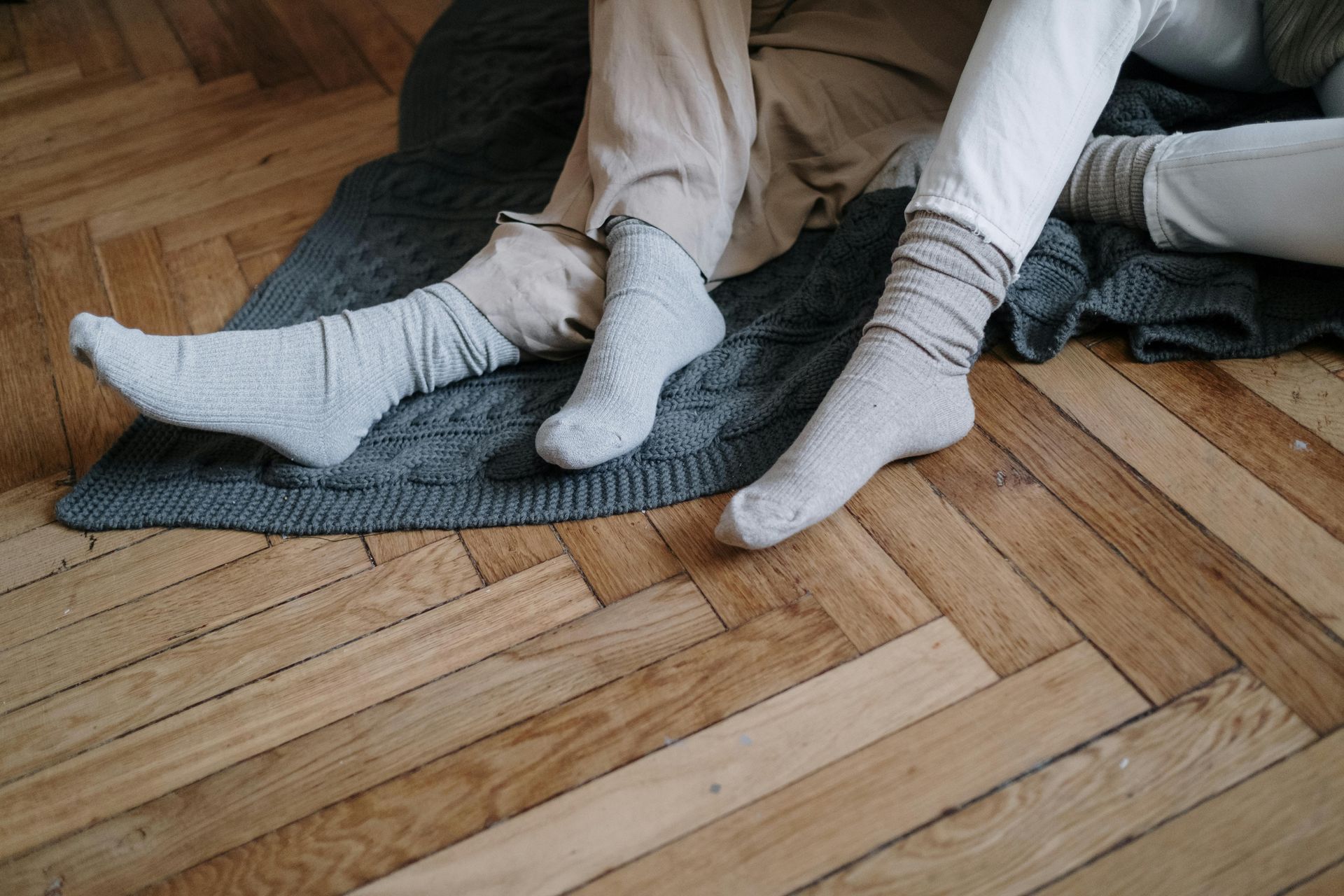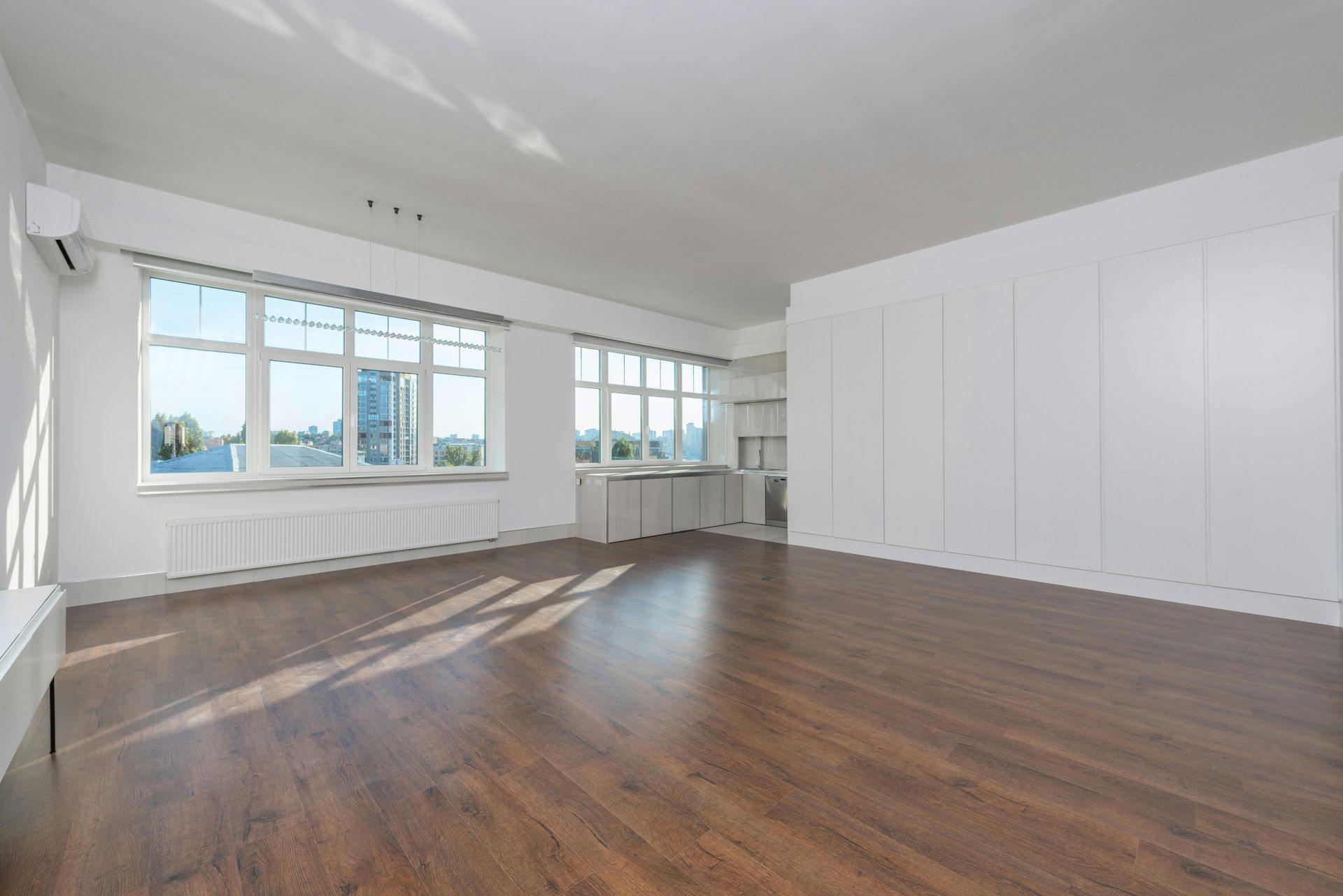What Type of Flooring Should You Use?
AffinityX GrayTV • May 29, 2020
When starting a home renovation project, you want to make sure that you’re always thinking ahead. As much as possible, you should pay attention to every detail that goes into the basic parts of a room, such as the walls, ceilings, and especially the floors.
Your flooring can make or break a room. For example, you wouldn't want to step on a smooth, slippery floor when you take a bath, right? It would be dangerous and impractical. That's why you have to know which type you should use for a room before getting a professional flooring installation.
For Your Living Room
The living room is the place where the family bonds. It's also one of the areas in your home with the most foot traffic, which is why it's best to use a durable material like hardwood
here.
This material can easily be installed on top of a concrete subfloor. You can also walk on it right away. And you don't have to worry about it getting damaged from the weight of your heavier furniture.
For Your Kitchen
It's not uncommon to accidentally spill water or food when cooking. That's why the type you should choose for this area is vinyl flooring. This type is best suited for a kitchen since it's highly water-resistant. It's also easy to maintain! You can use a simple mop to clean the surface from food stains and dirt.
For Your Bathroom
This part of your home is almost always wet because of shower drips, splashes, and, sometimes, even overflows. For this reason, tiles are the top choice.
For your bathrooms, it’s best to go with textured tiles instead of smooth ones, so that it’s not easy to slip on them. They hold up well in wet and moist places and are also easy to clean!
Bring the Best Out of Every Room
Choosing the right type of flooring can bring a room together. Once you know you've selected the right one, call up Floors for Less
for professional flooring installation services.







